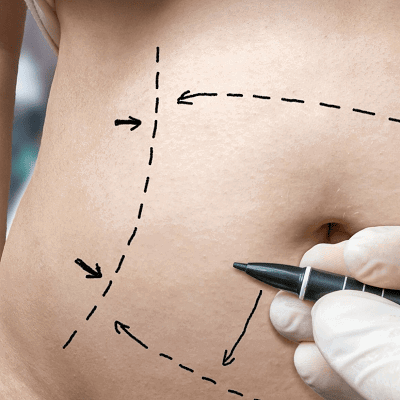The Connection Between Best Tummy Tuck Clinic In Muscat and Core Strength
Introduction
Core strength is crucial for maintaining balance, stability, and overall functional movement. It involves various muscles in the abdomen, lower back, and pelvis, working together to support the spine and facilitate movement. The Best Tummy Tuck Clinic in Muscat is often sought after significant weight loss, pregnancy, or other factors that cause abdominal muscle separation (diastasis recti) and excess skin. While the primary goal of a tummy tuck is cosmetic, it can have implications for core strength and overall abdominal function.

Process
1. Consultation and Planning:
- Pre-Operative Assessment: A thorough evaluation is conducted to determine if a tummy tuck is appropriate. This includes assessing the patient’s health, abdominal muscle condition, and skin elasticity.
- Surgical Plan: The surgeon devises a plan tailored to the patient’s needs, considering the extent of skin removal and muscle repair required.
2. Surgical Procedure:
- Anesthesia: The procedure is performed under general anesthesia.
- Incision: A horizontal incision is made along the lower abdomen, typically from hip to hip. The extent of the incision depends on the type of tummy tuck (full, mini, or extended).
- Muscle Repair: The abdominal muscles are tightened by suturing them back together if diastasis recti is present. This restores core strength and support.
- Skin Removal and Closure: Excess skin and fat are removed, and the remaining skin is repositioned and sutured in place.
3. Recovery:
- Initial Phase: Post-surgery, patients experience swelling, bruising, and discomfort. Abdominal support garments may be used to aid recovery.
- Rehabilitation: Gentle core exercises are introduced gradually, focusing on strengthening the abdominal muscles while ensuring proper healing.
Benefits
1. Improved Abdominal Contour:
- Cosmetic Enhancement: The primary benefit is the improved appearance of the abdomen, which can enhance self-esteem and body confidence.
2. Restored Muscle Tone:
- Muscle Repair: By repairing separated abdominal muscles, a tummy tuck restores core strength and stability, which can alleviate back pain and improve posture.
3. Enhanced Physical Function:
- Core Support: Strengthening the core muscles contributes to better functional movement and stability, which can benefit overall physical activity and exercise performance.
4. Psychological Well-Being:
- Confidence Boost: The aesthetic improvements can lead to increased confidence and a positive impact on mental well-being, indirectly encouraging a more active lifestyle.
Characteristics
1. Types of Tummy Tucks:
- Full Tummy Tuck: Addresses the entire abdominal area and includes muscle tightening.
- Mini Tummy Tuck: Targets the lower abdomen with a smaller incision, often suitable for those with minimal excess skin.
- Extended Tummy Tuck: Covers a larger area, often extending to the flanks, and may be combined with other procedures.
2. Core Strength Recovery:
- Early Post-Operative Phase: Immediate post-surgery, core strength is diminished due to muscle repair and healing. Patients must avoid strenuous activities that stress the abdominal area.
- Gradual Improvement: Core strength typically improves over time with gradual reintroduction of abdominal exercises and physical therapy.
3. Long-Term Considerations:
- Maintenance of Results: Maintaining core strength through regular exercise is essential for preserving the results of a tummy tuck and overall abdominal health.
Conclusion
The connection between tummy tucks and core strength is multifaceted. While the primary goal of a tummy tuck is to improve the appearance of the abdomen by removing excess skin and fat, it also has significant implications for core strength. By repairing separated muscles and restoring abdominal tone, a tummy tuck can enhance core stability and overall physical function. However, it is essential for patients to engage in a structured post-operative rehabilitation program to maximize these benefits and maintain long-term core strength.
